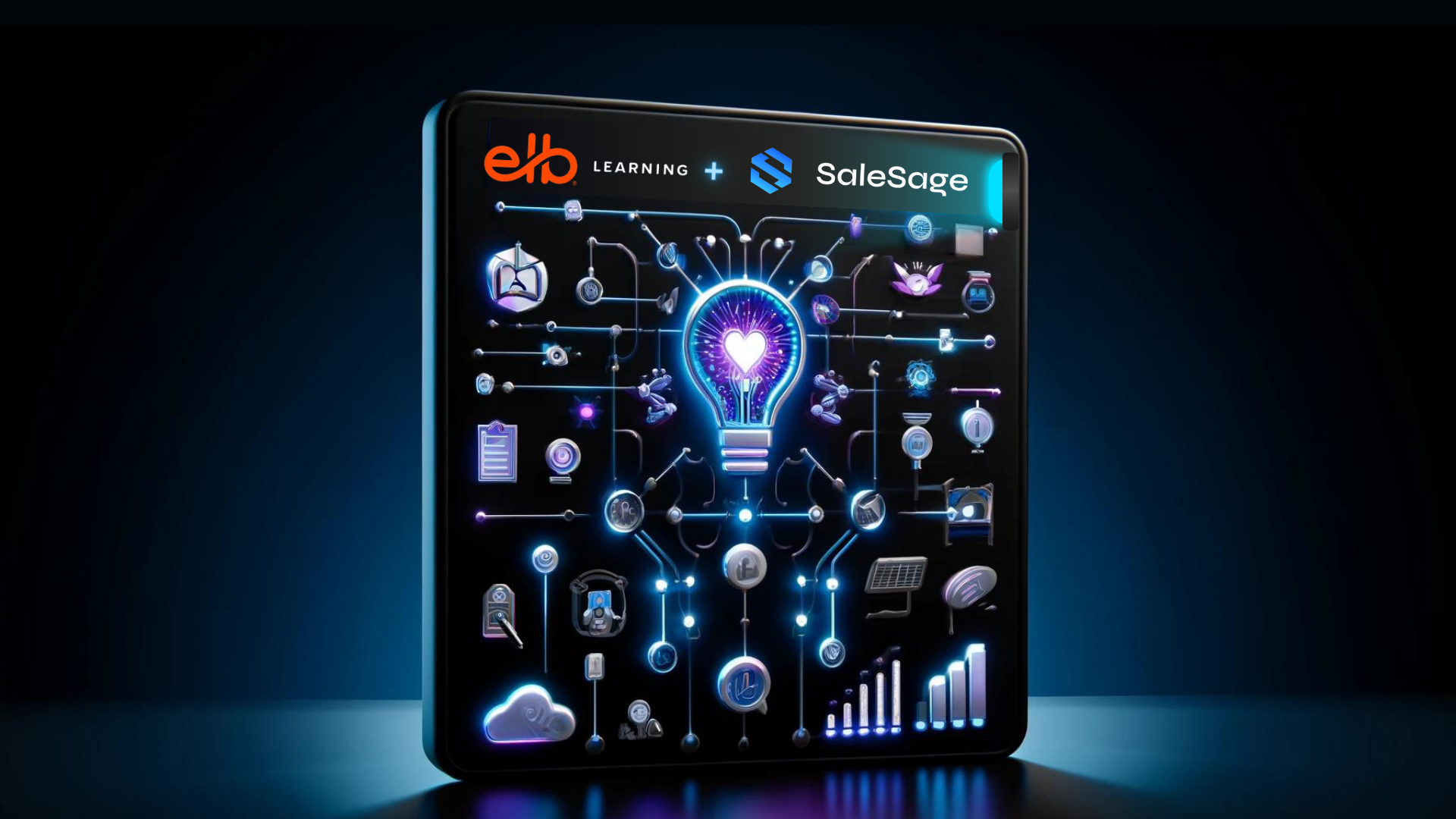Artificial intelligence (AI) is no longer confined to academic papers and sci-fi stories; it’s become an integral part of our daily lives, revolutionizing the way we search, shop, diagnose diseases, develop software applications, fight cyber threats, create works of art, and much more.
In fact, Next Move Strategy Consulting expects the AI market to grow twentyfold by 2030, up to nearly two trillion U.S. dollars.
The rapidly expanding array of AI-powered innovations is fueling an urgent need for advanced, efficient, and nuanced data processing. The intricate dance between AI’s promise and the real-world execution lies in an unsung hero: the vector database.
What Is a Vector Database?
Imagine you’re hunting for a book in a library. This library, much like a traditional database, contains many rows and columns of books, each categorized by author, title, genre, publication date, and so on.
To find a book, you search using these predefined criteria and then retrieve it from the right shelf. But what if you want to do something more daring than an exact match search? What if, for example, you want to find books that evoke a similar feeling to the one you just enjoyed or have a matching narrative style?
Then you need a completely different system for organizing data, one that can mathematically represent different features and attributes, such as the degree of “joyfulness” or the presence of “mystery.” In other words, you need a system that can appreciate the nuanced fabric of content just like humans do, rather than relying on binary categories.
A vector database is the library of the future, tailor-made for the era of AI. While traditional databases store information in a rigid, row-and-column structure, vector databases store data as high-dimensional vectors. For instance, excel is a decent visual example of a 2D row-and-column structure we all utilize. Now imagine that OpenAI’s models for embeddings leverage a 1536 dimensional structure which will likely crack your mind when trying to visualize this galaxy-like arrangement.
The data, which can be text, images, audio, video, and more, is transformed into these high-dimensional vectors using an embedding function. You can think of this function as a translator that converts raw data into a mathematical language that an AI can understand and work with.
When you want to find more books similar to a book you’ve enjoyed in the past, you can explore the high-dimensional space and look for other books (represented by vectors) that are close to your favorite one. Essentially, you’re looking for books that all live in the same neighborhood or are related to one another in various ways. Embeddings that are semantically similar to one another have a smaller distance between them like a cluster. To speed up the process of locating these clusters, Vector Databases leverage the Approximate Nearest Neighbor (ANN) algorithm to search through vector storage efficiently.
Vector Databases have support for CRUD (create, read, update, and delete), real-time search, sharding, replication, and the ability to store vectors and objects which differ from traditional Vector Libraries.
Use Cases for Vector Databases
Thanks to their multi-modal nature, the uses cases for vector databases span many different domains, including:
- Natural language processing (NLP): Vector databases help computers understand, interpret, and generate human language. For example, search engines use them to return articles that are semantically close to your favorite one, providing you with a richer and more relevant selection.
- Computer vision (CV): In the field of computer vision, vector databases aid in handling image or video embeddings. They store vector representations of visual data, enabling AI models to understand the content and context of images or videos.
- Recommendation systems (RS): A vector database can be used to record a customer's entire shopping history and preference pattern, represented as high-dimensional vectors. This allows recommendation systems to find similar items or preferences, thereby providing highly personalized recommendations.
- Large language models (LLMs): Vector databases are instrumental in enhancing the performance and accuracy of large language models like ChatGPT. When implemented as AI plugins, they can store a wealth of domain-specific information to generate text that is not only more relevant and coherent but also matches a specific intent and style.
Because of the role they plan in enabling these and other use cases, vector databases are sometimes described as the scaffolding that supports the intricate workings of various AI applications. The good news for the developers of such applications is vector databases are becoming more and more accessible thanks to a growing ecosystem of vector database solutions, each with unique features and capabilities.
Most Popular Vector Databases for AI
These days, vector databases are available both as open-source projects and commercial offerings. Here’s a brief overview of some of the most popular vector databases used in AI today.
Pinecone is the biggest name in the vector database space today. The company recently announced its $100 million Series B funding round, led by Andreessen Horowitz, with participation from ICONIQ Growth, and its existing investors Menlo Ventures and Wing Venture Capital.
Pinecone’s users include the likes of Shopify, Gong, HubSpot, and Zapier. They appreciate its fully managed nature, ultra-low query latency, live index updates, metadata filters, and the ability to handle billions of items without a significant performance loss.
Another key player in the vector database domain is Milvus, an open-source solution that’s designed to power embedding similarity searches and AI applications. One of the key goals of Milvus is to make unstructured data search more accessible, providing a seamless and consistent user experience regardless of the deployment environment.
As a graduate project under the LF AI & Data Foundation, Milvus enjoys institutional backing, and it also benefits from a strong community presence. With over 1,000 enterprise users and more than 9,000 stars on GitHub, it’s clear that Milvus has captured the attention and trust of many professionals and enthusiasts in the field.
Redis has earned its reputation as a beloved figure in the world of open-source databases. For five consecutive years, developers have voted it as their most-loved database. Its enterprise version, called simply Redis Enterprise, shines with its unique Vector Similarity Search (VSS) functionality, which ensures impressive real-time search performance, regardless of whether you’re dealing with tens of thousands or hundreds of millions of objects.
Redis Enterprise also reduces architectural complexity, letting developers store vectors as easily as any other data type, and it offers deployment flexibility across various cloud platforms and geographies. This combination of speed, resilience, simplicity, and versatility makes Redis a standout choice for AI applications and beyond.
Weaviate is another open-source vector database. It allows you to store data objects and vector embeddings from your favorite ML-models, and scale seamlessly into billions of data objects. Weaviate can power various innovative apps levering their vector search with filters, hybrid search which combines keyword-based and vector search algorithms, along with their third capability of generative search leveraging a generative model.
Besides Weaviate’s capabilities to bring your own vectors, you can also choose one of Weaviate’s modules with out-of-the-box support for vectorization. You can also pick from a wide variety of well-known neural search frameworks with Weaviate and various integrations such as HuggingFace, OpenAI, Deepset, Cohere, Amazon S3, Azure, and Google Cloud. Weaviate is fastly becoming a go-to alternative to Pinecone in the open-source community.
Conclusion
As the world of AI continues to evolve and expand, the role of vector databases grows increasingly significant. Their unique ability to map complex, multi-dimensional data and facilitate nuanced similarity searches is unlocking new capabilities across a wide range of AI applications, from powering more effective language models and refining search engine outputs, to enhancing recommendation systems and aiding computer vision tasks. Remember, the library of the future is not found within walls and shelves, but within the vast, high-dimensional space of vectors. If you are interested in learning more about cutting-edge AI tech or determining your organization’s AI Readiness, please reach out to me here or on LinkedIn.





